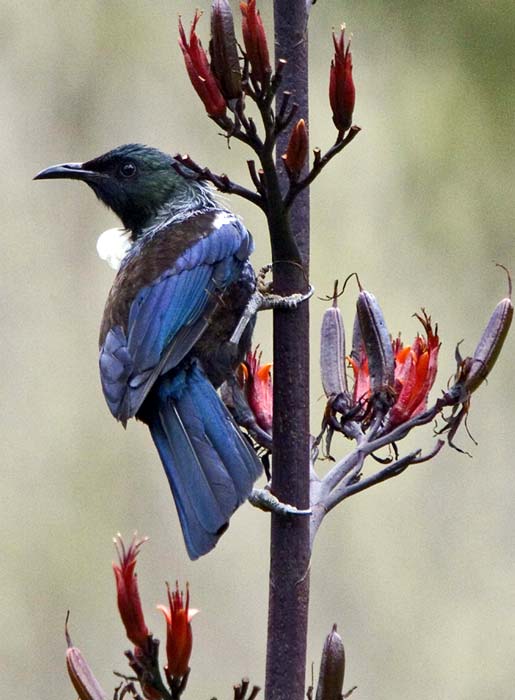A history of te reo Māori
Te reo Māori is today recognised as an important aspect of New Zealand’s culture and identity. The WAI11 claim to the Waitangi Tribunal contributed to this outcome. But things were not always so hopeful for the language. The journey for recognition of te reo Māori has been peppered with significant challenges and equally characterised by the determination, strength and unity of the many people who have carried this important kaupapa.
Te reo Māori is the language of the Māori people of Aotearoa New Zealand. It is a Polynesian language, and part of the Austronesian language family. There are three major dialects – eastern North Island, western North Island and South Island Māori.
Te reo Māori was made an official language of New Zealand in 1987. In 2018, 20.6% of Māori and 4.0% of the total population could hold a conversation in te reo Māori.
TAHI | 1
1200s–1300s Te reo Māori origins: a Polynesian language
A history of te reo Māori
Te reo Māori is today recognised as an important aspect of New Zealand’s culture and identity. The WAI11 claim to the Waitangi Tribunal contributed to this outcome. But things were not always so hopeful for the language. The journey for recognition of te reo Māori has been peppered with significant challenges and equally characterised by the determination, strength and unity of the many people who have carried this important kaupapa.
Te reo Māori is the language of the Māori people of Aotearoa New Zealand. It is a Polynesian language, and part of the Austronesian language family. There are three major dialects – eastern North Island, western North Island and South Island Māori.
Te reo Māori was made an official language of New Zealand in 1987. In 2018, 20.6% of Māori and 4.0% of the total population could hold a conversation in te reo Māori.
Key events in this chapter
- 1200s–1300s: Permanent Polynesian settlement of New Zealand is established
- The Māori language emerges as Māori ancestors adjust to their new environment and its resources, and technology
- Māori becomes a language in its own right.
Broadly speaking, te reo Māori is part of the Malayo-Polynesian group, spoken across the Pacific from Indonesia to Rapa Nui (Easter Island). Of this big family of languages, Māori is most closely related to those of the Cook Islands and French Polynesia.

Te Ara, 2006
When the ancestors of the people who later called themselves Māori first arrived in what became known as Aotearoa in the late 13th century, they brought their Polynesian language with them. Over the next 500 years, te reo Māori developed and became a language of its own. Part of its development was in relation to the physical environment. Being much larger and colder, and possessing much bigger birds, Aotearoa was a very different place from the warm Polynesian islands Māori had left.
He Tohu – National Library, YouTube
The new arrivals needed new names for plants, animals and landforms they had never seen before. Some names were those for similar things in the Pacific Islands – while in Aotearoa a ‘moa’ was a giant flightless bird, in Polynesia it was a chicken. Other creatures were given completely new names based on their characteristics – the hōkioi (a giant eagle) got its name from the eerie sound it made.
In a new environment there were also changes in how people dressed, housed themselves and prepared food. In a cooler climate, warmer clothing made by different techniques was needed. Māori made clothes from harakeke (flax), pīngao (sedge) and kiekie (a climbing vine), and incorporated feathers and pelts. Words were coined to describe both the raw materials (there are an estimated 50 named varieties of harakeke) and the techniques used to work with them. The new words were absorbed into the corpus and then used in other ways. The whakataukī, ‘Whiria ngā taura here, kia pakari ai te here' means to weave the fibres to strengthen the people.
Over the centuries, te reo Māori became a language in its own right. While still related to its tuakana (elder) languages in Polynesia, it is a distinct language that is indigenous to Aotearoa.

Department of Conservation; Reference: 10059681
For the teacher
Te Mana o te Reo Māori is great for students' self-directed learning. They can explore the chapters in their own time and at their own pace.
Support them with specially created educational resources that focus on exploring their own personal connections to te reo Māori.
These resources develop the students' understanding of Whakapapa, Tūrangawaewae, Whanaungatanga, Mana Motuhake, and Kaitiakitanga though key questions, activities, and language support.